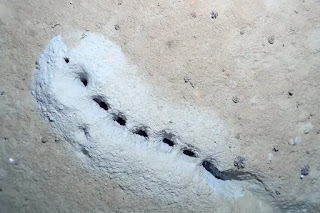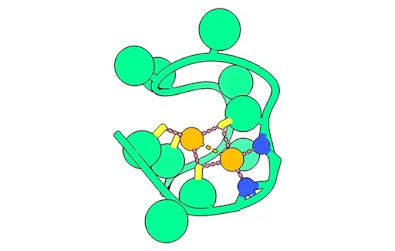Image courtesy of Emirates Mars Mission.
Joel Kontinen
Mars little moon Deimos is not a captured asteroid, as many evolutionists believe.
Now scientist think that it is the same materiel as Mars, perhaps broken off in a long-ago collision. Evolutionist suppose that Earth's moon is thought to have formed from a similar collision billions of years ago.
Lewis, Briley. 2023. 1st-ever close-up photo of Mars' moon Deimos reveals the Red Planet's violent past Live Science. 27 April.


.jpg)
.jpg)

























